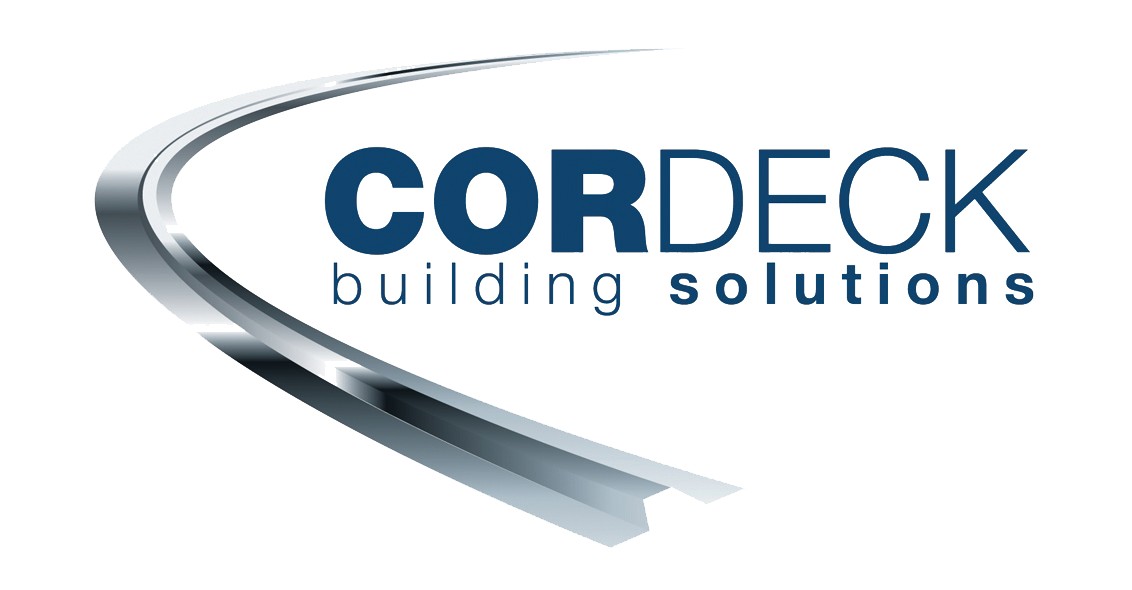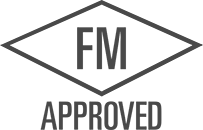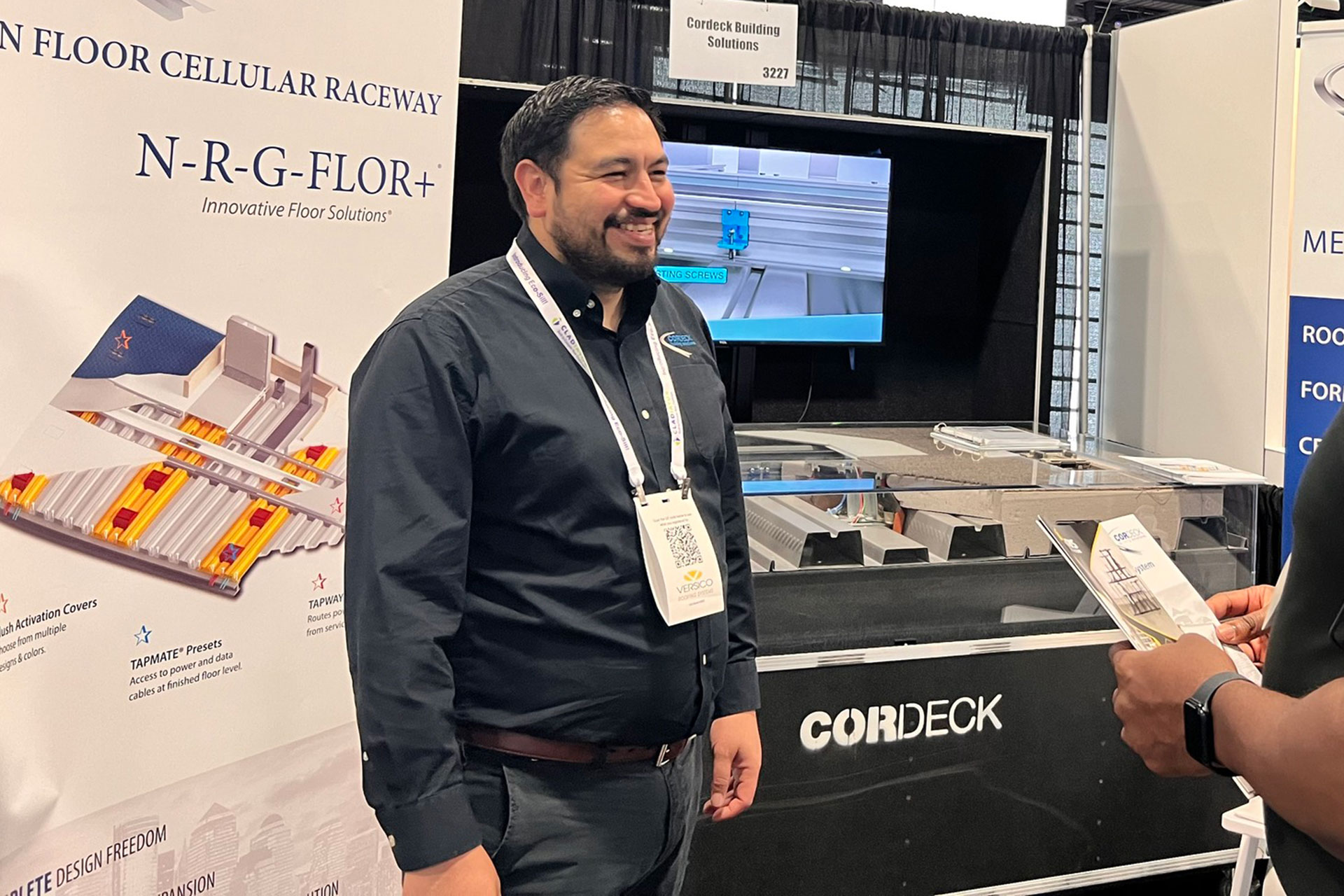
Celebrating 10 Years of Dedication: Jose Dorantes’ Journey at Cordeck
Join us in celebrating Jose Dorantes' 10th anniversary at Cordeck. Discover his journey from production labor to Project Coordinator, his love for problem-solving, and the heartfelt testimonials from colleagues and supervisors that highlight his invaluable contributions.

Discover an Integrated Power and Data Management System: N-R-G-FLOR+ In Floor Cellular Raceway System
Discover Cordeck's N-R-G-FLOR+ In Floor Cellular Raceway System – the ultimate solution for wire and cable management in casinos, call centers, office buildings, educational facilities, fitness centers, and libraries. Learn about its unmatched structural strength, cost-effectiveness, and advanced wire management features.
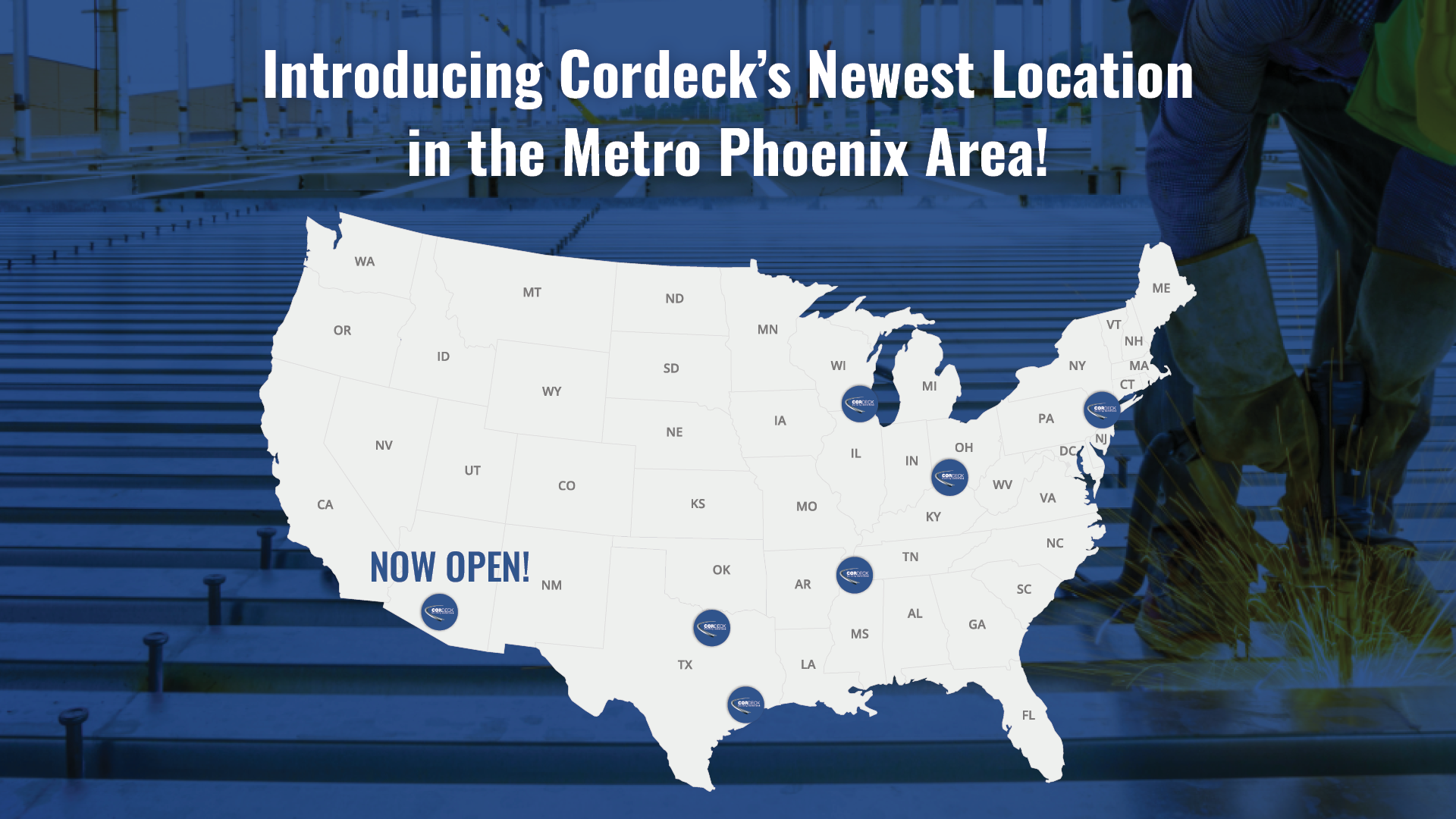
Cordeck Announces Grand Opening of New Facility in the Metro Phoenix Area
Cordeck is excited to announce the grand opening of its newest facility in the Metro Phoenix Area. This 15,000-square-foot facility, situated on nearly five acres, marks the company's seventh location nationwide. All administrative functions will remain at Cordeck's headquarters in Kenosha, WI, with business operations continuing as usual. This expansion is a key part [...]
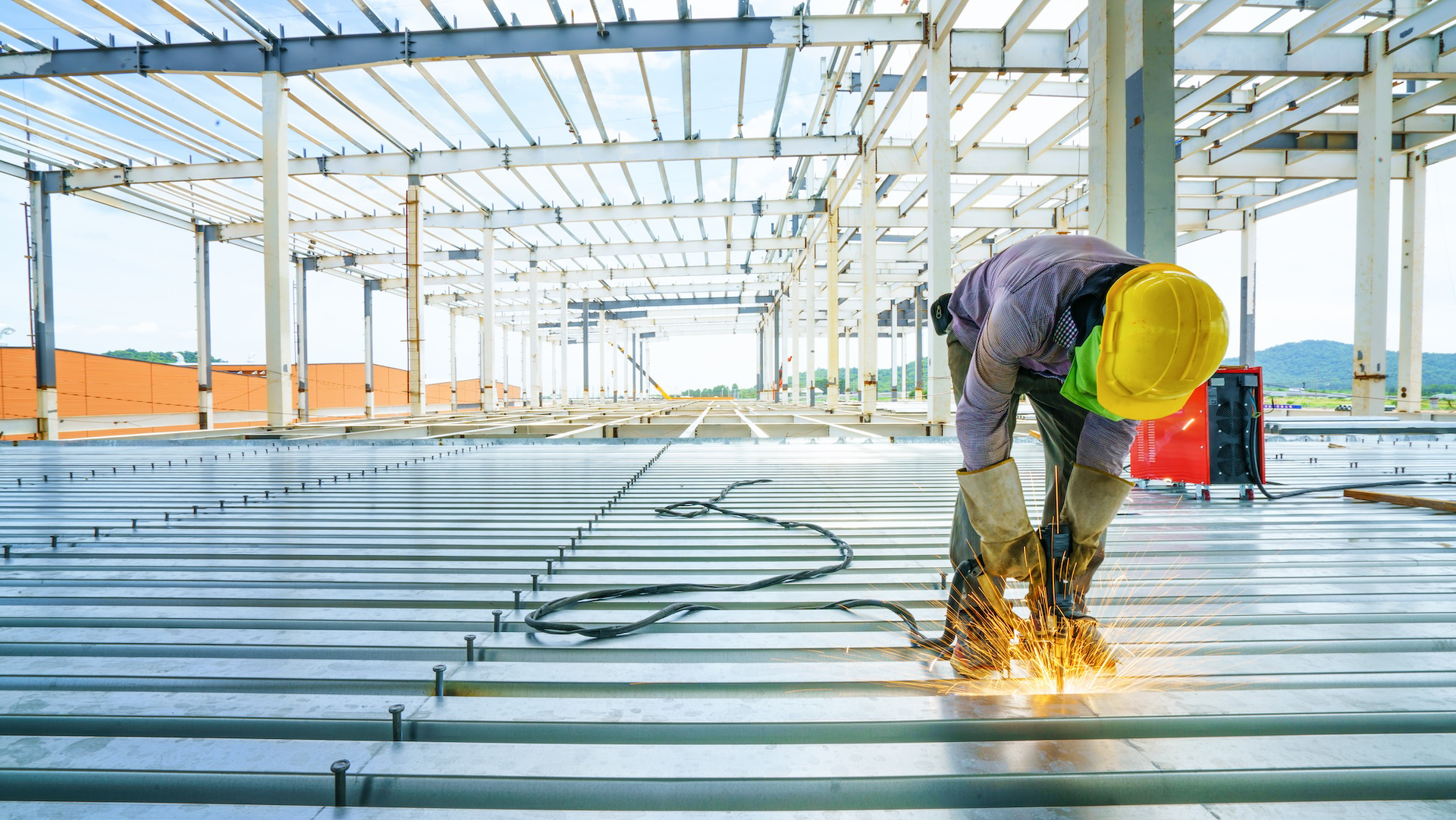
Complete Metal Deck Glossary
At Cordeck, we offer four popular types of metal roof deck: B deck, F deck, N deck, and A deck. These decks are available in a variety of gauges and widths to meet your specific project needs. We also provide N deck and B deck with acoustical perforations and appropriate sound absorption materials for [...]
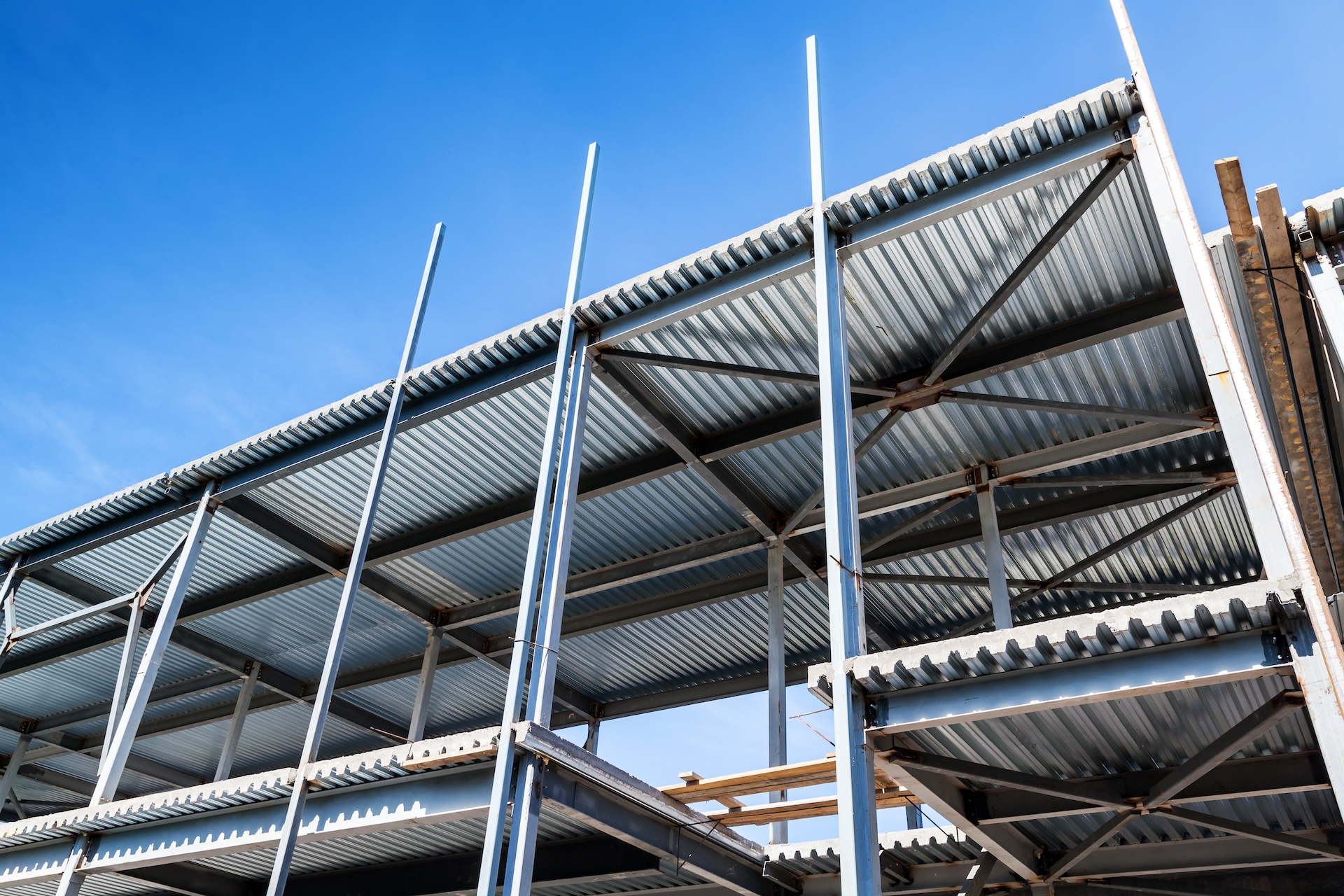
The Power of Metal Decking: Unveiling Its Benefits
In the realm of modern construction, innovation is key to building structures that stand the test of time. One such innovation that has gained considerable traction is the use of metal decking in construction projects. While traditional materials like wood and concrete have their place, metal decking offers a plethora of advantages that are [...]
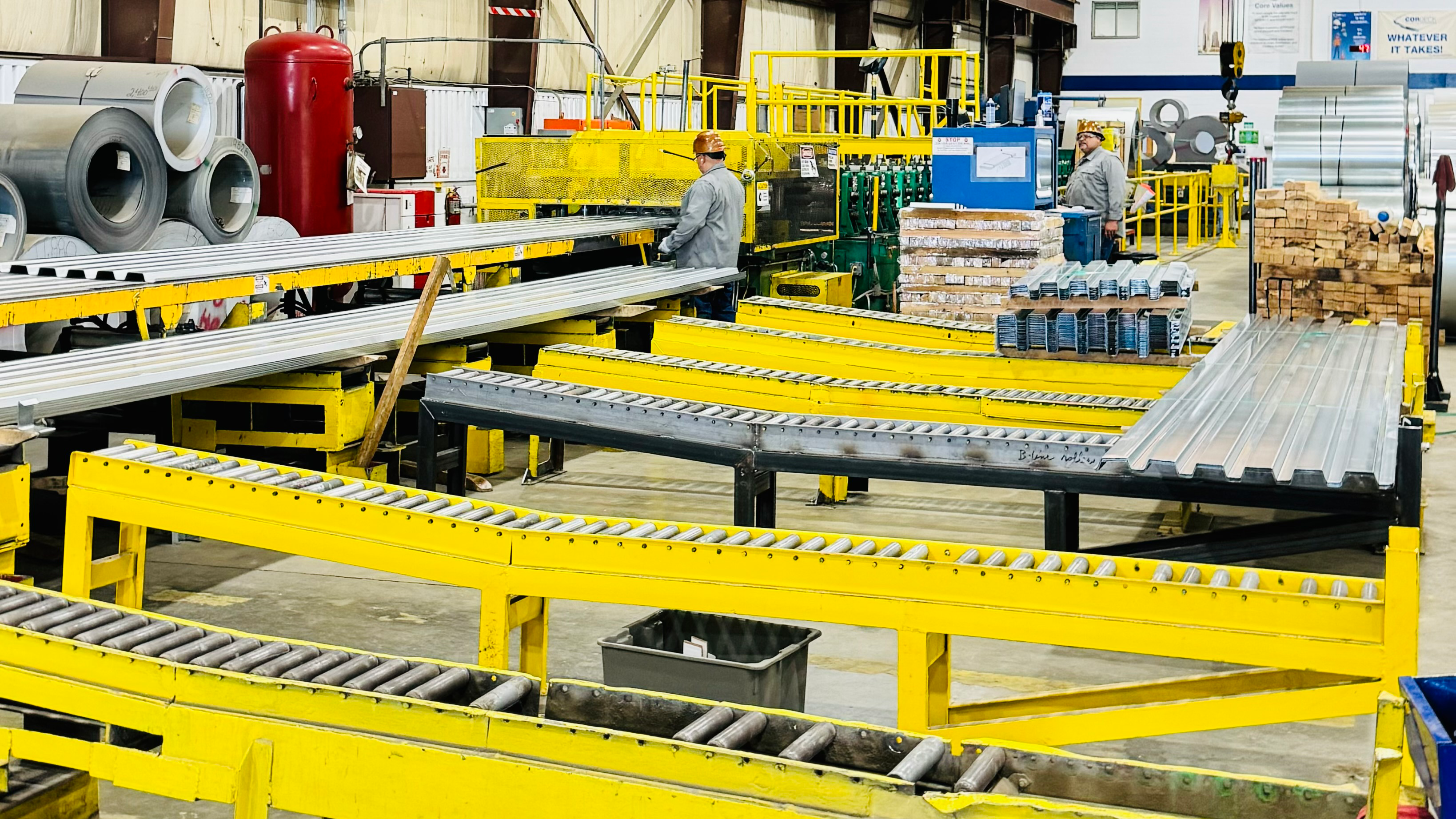
The Art of Roll Forming
When it comes to constructing high-rise buildings, every element matters, from the architectural design to the materials used. Among the critical components of high-rise construction is the foundation, and one often overlooked yet indispensable aspect of this foundation is metal decking. In this blog post, we’ll explore the importance of metal decking in the [...]

The Backbone of High-Rise Construction: The Importance of Metal Decking in Foundations
When it comes to constructing high-rise buildings, every element matters, from the architectural design to the materials used. Among the critical components of high-rise construction is the foundation, and one often overlooked yet indispensable aspect of this foundation is metal decking. In this blog post, we’ll explore the importance of metal decking in the [...]
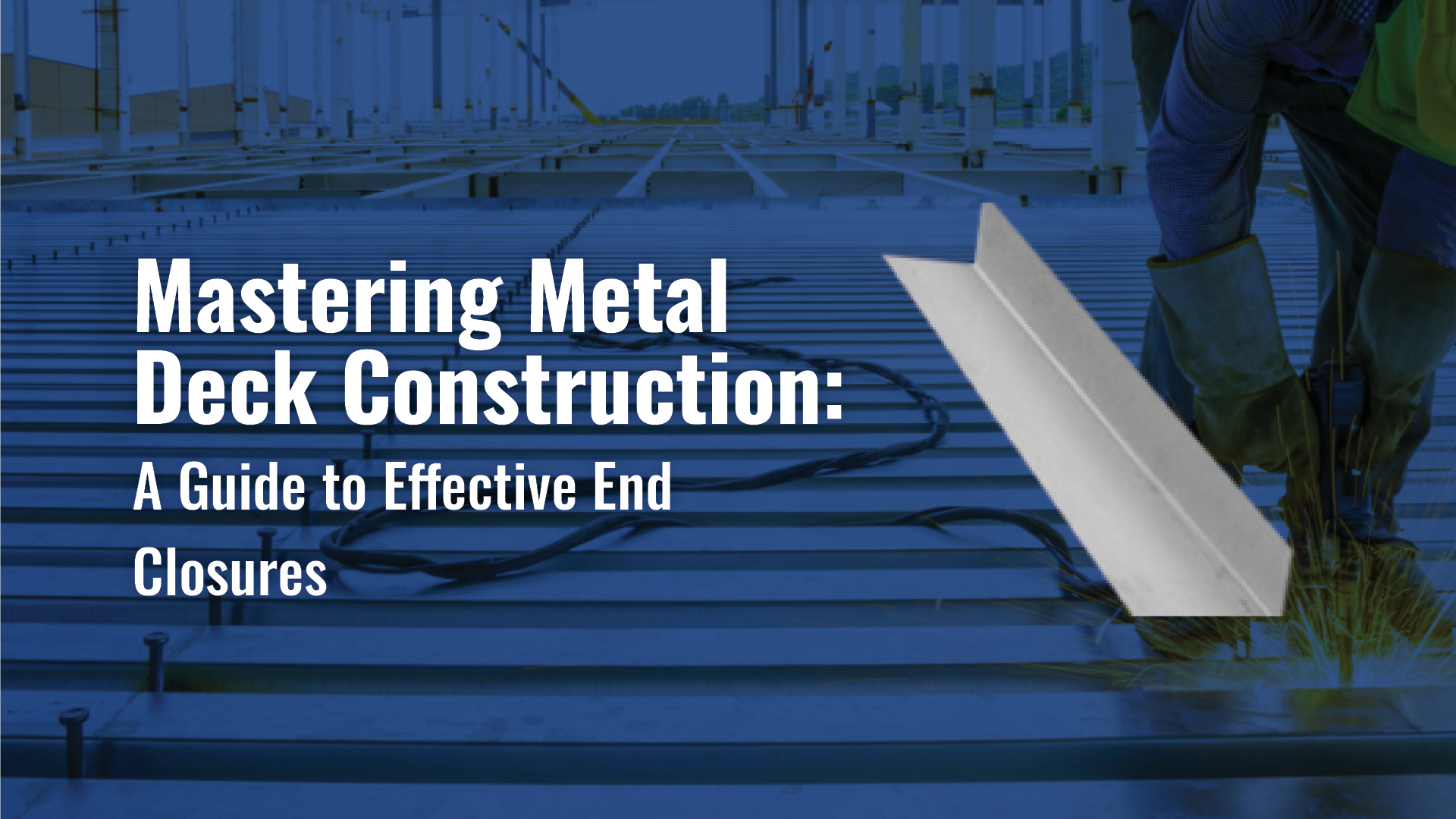
Mastering Metal Deck Construction: A Guide to Effective End Closures
Metal decking is a popular choice in construction for its durability, versatility, and cost-effectiveness. When working with metal deck systems, it’s crucial to pay attention to details that enhance performance and longevity. One such detail is the proper use of end closures. In this guide, we’ll explore why end closures are important and how [...]

Mastering Metal Deck Construction: A Guide to Using Ridge Plates
Metal deck construction is a popular choice for creating durable and versatile structures. One essential element in this type of construction is the ridge plate, a crucial component that ensures stability and strength in the roofing system. In this guide, we’ll explore the significance of ridge plates and provide a comprehensive overview of how [...]
Blog2024-06-03T15:40:11-05:00
